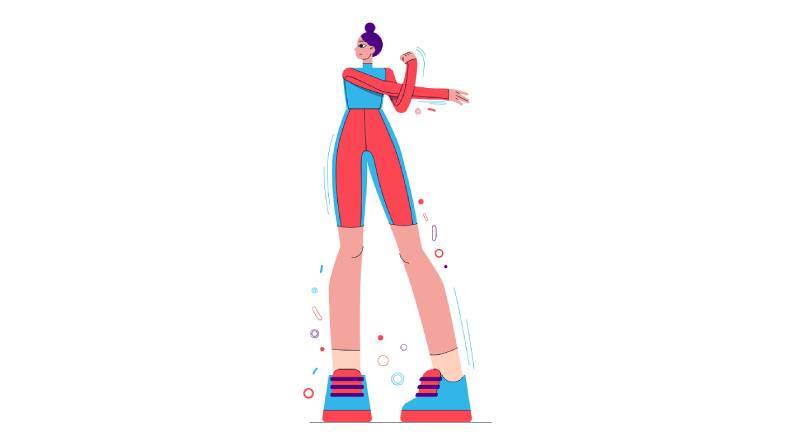The Importance of Warming Up and Cooling Down in Exercise
When it comes to exercise, many of us focus on the main event – the workout itself. However, two crucial components of any exercise routine are often overlooked: warming up and cooling down. These essential phases prepare your body for physical activity, prevent injuries, and aid in recovery.
Why Warm Up?
Warming up is the process of gradually increasing your intensity of exercise to prepare your body for physical activity. This phase typically lasts 5-10 minutes and has numerous benefits:
1. Prepares Cardiovascular System: Warming up improves blood supply to muscles and raises body temperature, preparing your cardiovascular system for intense exercise.
2. Increases Flexibility: Warming up stretches muscles, improving flexibility and range of motion.
3. Prevents Injuries: Warming up reduces the risk of injuries by loosening joints, improving blood flow, and preparing muscles for exercise.
4. Improves Muscle Metabolism: Warming up increases muscle metabolism, allowing you to burn more calories during exercise.
5. Prepares Your Mind: Warming up helps you transition into exercise mode, preparing your mind for physical activity.
Sample Warm-Up Exercises
1. Walking or jogging at a normal pace
2. Marching with high-knee bends
3. Mobilizing shoulder joints with circular hand movements
4. Sit-ups to mobilize knee joints, thigh muscles, and ankles
5. Touching toes without bending knees
Why Cool Down?
Cooling down is the process of gradually decreasing your intensity of exercise to aid in recovery. This phase typically lasts 5-10 minutes and has numerous benefits:
1. Reduces Muscle Soreness: Cooling down releases lactic acid, reducing muscle soreness and fatigue.
2. Prevents Blood Pooling: Cooling down helps pump blood back to the heart, preventing blood pooling in muscles.
3. Regulates Heart Rate and Blood Pressure: Cooling down helps your heart rate and blood pressure return to normal, preventing dizziness and fainting.
4. Aids in Recovery: Cooling down gives your muscles time to recover from intense exercise, reducing the risk of injury.
Sample Cool-Down Exercises
1. Jogging or walking at a slow pace
2. Static stretches for major muscle groups (hold each stretch for 15-30 seconds)
3. Deep breathing exercises to relax and calm your mind
Incorporating Warm-Up and Cool-Down into Your Routine
Consult with your doctor or physical trainer to create a personalized warm-up and cool-down routine. Remember, these phases are essential components of any exercise routine, and neglecting them can lead to injuries and decreased performance.
References:
https://www.mayoclinic.org/healthy-lifestyle/fitness/in-depth/exercise/art-20045517
https://www.heart.org/en/healthy-living/fitness/fitness-basics/warm-up-cool-down
https://www.tricitymed.org/2016/12/warming-cooling-important/

